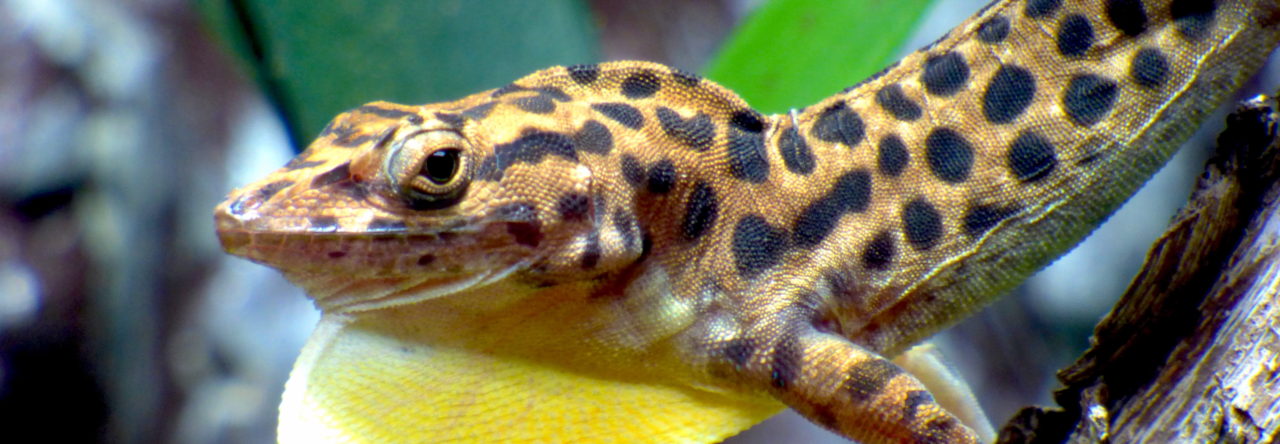 In an impressive synthesis of previous (Cox and Calsbeek, 2010; Cox et al., 2011)
In an impressive synthesis of previous (Cox and Calsbeek, 2010; Cox et al., 2011)
and new work, Bob Cox reported on studies examining the adaptive significance
of sex ratio variation in brown anoles. Previous lab studies had indicated that
when a female brown anole mates with a large male, she tends to produce sons,
whereas when she mates with a smaller male, she disproportionately produces
daughters. Cox and colleagues set out to test why that might be so by producing
offspring with known parents in the lab, and then releasing them into the wild. The idea was to test whether sons fathered by larger males survived better than sons produced by small males and, conversely, whether daughters from small males fared better. They tested a number of other hypotheses, namely that females in good condition produced males which survived better (the Trivers-Willard hypothesis); that condition of males should affect survival of offspring; and that early hatching lizards survived better (a hypothesis suggested by early iterations of the experiment).
The hypotheses were evaluated in two stages: whether offspring production was a function of parent phenotype, and whether offspring survival was related to parent phenotype.
The most strongly supported hypothesis was the initial one: female ability to link offspring sex with paternal phenotype appears adaptive; male offspring fathered by large males and females sired by small males have highest fitness. Other hypotheses were less variably supported: either the sex of the offspring was not related to the condition of the parent, or no survival advantage was found.
- Evolution in Real Time on Lizard Island - March 23, 2025
- Spider Snags Adult Anolis osa - March 22, 2025
- An Homage to the Green Anoles of New Orleans - March 21, 2025


Leave a Reply